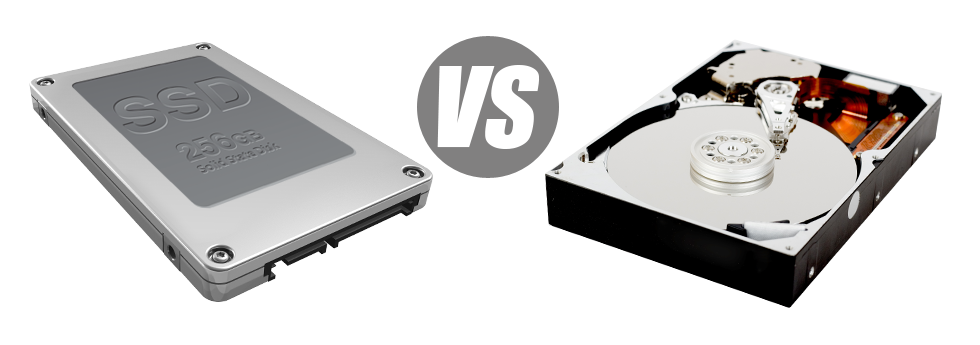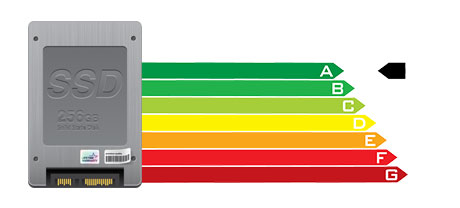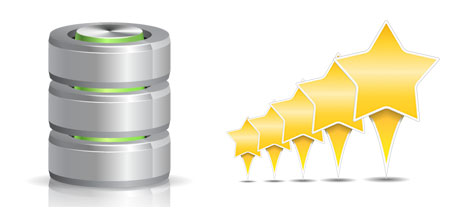For decades there seemed to be a particular reliable path to store data on your personal computer – working with a hard disk drive (HDD). Nonetheless, this type of technology is presently demonstrating its age – hard disks are noisy and sluggish; they can be power–ravenous and are likely to create lots of warmth for the duration of intensive operations.
SSD drives, on the contrary, are quick, use up much less energy and tend to be much cooler. They provide a completely new solution to file accessibility and storage and are years ahead of HDDs with regards to file read/write speed, I/O performance and energy efficiency. Figure out how HDDs fare up against the modern SSD drives.
1. Access Time
With the arrival of SSD drives, file access rates have gone tremendous. With thanks to the brand new electronic interfaces made use of in SSD drives, the regular data file access time has been reduced to a all–time low of 0.1millisecond.
HDD drives still take advantage of the exact same fundamental data file access concept that was actually created in the 1950s. Despite the fact that it was vastly improved after that, it’s slow as compared to what SSDs are providing. HDD drives’ data file access rate varies in between 5 and 8 milliseconds.
2. Random I/O Performance
On account of the exact same radical method allowing for speedier access times, it is possible to experience greater I/O efficiency with SSD drives. They are able to carry out double as many operations within a given time as opposed to an HDD drive.
An SSD can manage a minimum of 6000 IO’s per second.
Hard drives feature reduced data file access speeds because of the aging file storage and accessibility technology they’re using. In addition, they demonstrate considerably sluggish random I/O performance in comparison with SSD drives.
During TERIONET’s trials, HDD drives dealt with an average of 400 IO operations per second.
3. Reliability
SSD drives are created to have as fewer moving elements as is practical. They utilize a similar concept to the one utilized in flash drives and are also more efficient compared with common HDD drives.
SSDs have an normal failing rate of 0.5%.
HDD drives use spinning hard disks for storing and reading through data – a technology dating back to the 1950s. And with hard disks magnetically hanging in mid–air, rotating at 7200 rpm, the prospect of one thing going wrong are much increased.
The average rate of failure of HDD drives varies among 2% and 5%.
4. Energy Conservation
SSD drives are much small compared to HDD drives and also they lack any moving components at all. This means that they don’t make just as much heat and require considerably less energy to function and much less power for cooling down reasons.
SSDs take in between 2 and 5 watts.
HDD drives are renowned for being loud. They need further electricity for cooling purposes. On a server that has a number of HDDs running continuously, you will need a good deal of fans to ensure that they’re cool – this will make them a lot less energy–effective than SSD drives.
HDDs take in between 6 and 15 watts.
5. CPU Power
The faster the file accessibility rate is, the faster the data file queries can be adressed. Therefore the CPU won’t have to arrange resources expecting the SSD to answer back.
The common I/O wait for SSD drives is only 1%.
When using an HDD, you will need to spend time waiting around for the results of one’s data request. Consequently the CPU will be idle for more time, awaiting the HDD to reply.
The common I/O delay for HDD drives is approximately 7%.
6.Input/Output Request Times
In the real world, SSDs function as admirably as they managed during TERIONET’s lab tests. We competed a full platform data backup on one of the production machines. During the backup procedure, the normal service time for I/O queries was indeed below 20 ms.
With the same web server, however this time built with HDDs, the effects were completely different. The common service time for an I/O request fluctuated between 400 and 500 ms.
7. Backup Rates
Discussing back–ups and SSDs – we have detected a significant advancement in the backup rate as we turned to SSDs. Today, a regular web server back–up can take only 6 hours.
On the other hand, with a hosting server with HDD drives, a similar data backup may take 3 to 4 times as long in order to complete. A full back–up of an HDD–powered web server typically takes 20 to 24 hours.
To be able to straight away improve the performance of your websites while not having to alter any kind of code, an SSD–equipped website hosting solution is really a great option. Look at our Linux web hosting packages and also the Linux VPS hosting – these hosting services feature really fast SSD drives and can be found at affordable prices.
Hepsia
- Live Demo
Service guarantees
- Join us now. There won’t be any installation fees you’ll also find complete root/administrator access to your server. 99.9% network uptime is warranted.
Compare our prices
- Have a look at our pricing and pick the perfect Virtual Private Server for your powerful websites. You’re able to upgrade to a more powerful VPS Hosting setup with only a mouse click.
- Compare our hosting plans
Contact Us
- We’re online for you 24 hours a day to reply to any kind of queries with regards to our VPS Hosting services. 60–min reply–back time warranty.















